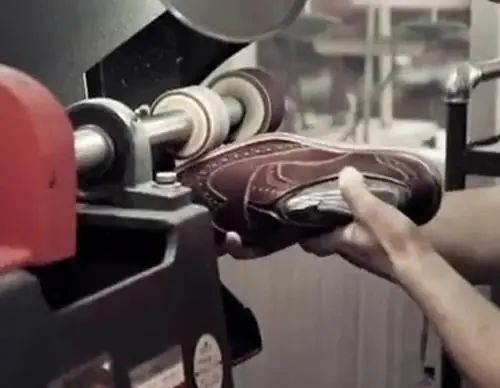On December 9, according to media reports:
In a rolling round of layoffs, Nike sent an email to employees on Wednesday announcing a series of promotions and some organizational changes. It made no mention of job cuts.
Layoffs have hit many parts of the sportswear giant in recent weeks.
Nike has quietly laid off employees in several departments
According to a LinkedIn post and information from current and former employees interviewed by The Oregonian /OregonLive, Nike has recently made layoffs in human resources, recruiting, purchasing, branding, engineering, digital products and innovation.
Nike has not yet filed a mass layoff notice with Oregon, which would be required if the company laid off 500 or more employees within 90 days.
Nike has not provided employees with any information about the layoffs. The company did not send an email to employees or hold an all-hands meeting about layoffs.
“I think they wanted to keep it a secret,” a Nike employee who was fired this week previously told the media.
Employees told the media they didn’t know much about what was happening beyond what was reported in news articles and what was contained in Wednesday’s email.
They said the email pointed to changes coming “in the coming months” and only added to the uncertainty.
“Everybody’s going to want to know, ‘What’s my job between now and the end of the fiscal year (May 31)? What’s my team doing? ‘” said one current employee. “I don’t think it will be clear for a few months, which is crazy for a big company.”
The media agreed not to name the employee because Nike prohibits employees from speaking to reporters without permission.
The company is unlikely to provide much clarity, at least publicly, until its next earnings report on Dec. 21. But it’s clear that Nike, Oregon’s largest company and a driver of the local economy, is changing.
Inventory is a fundamental problem
According to Nike’s latest annual report, 50% of Nike’s footwear and 29% of its apparel are produced in contract factories in Vietnam.
In the summer of 2021, many factories there temporarily shut down due to the outbreak. Nike stock is low.
After the factory reopened in 2022, Nike’s inventory surged while consumer spending cooled.
Excess inventory can be fatal for sportswear companies. The longer the product sits, the lower its value will be. Prices have been slashed. Profits are shrinking. Customers get used to discounts and avoid paying full price.
“The fact that most of Nike’s manufacturing base was basically shut down for two months ended up being a serious problem,” said Nikitsch of Wedbush.
Nick doesn’t see the demand for Nike products slowing down. He also said the company has made progress in addressing its mountain of inventory, which fell 10 percent in the most recent quarter.
In recent years, Nike has cut a number of wholesale accounts as it focuses on selling through the Nike Store and its website and mobile app. But competitors have taken advantage of shelf space in shopping malls and department stores.
Nike slowly began to return to some wholesale channels. Analysts expect that to continue.
Source: Footwear professor, network
Post time: Dec-11-2023


